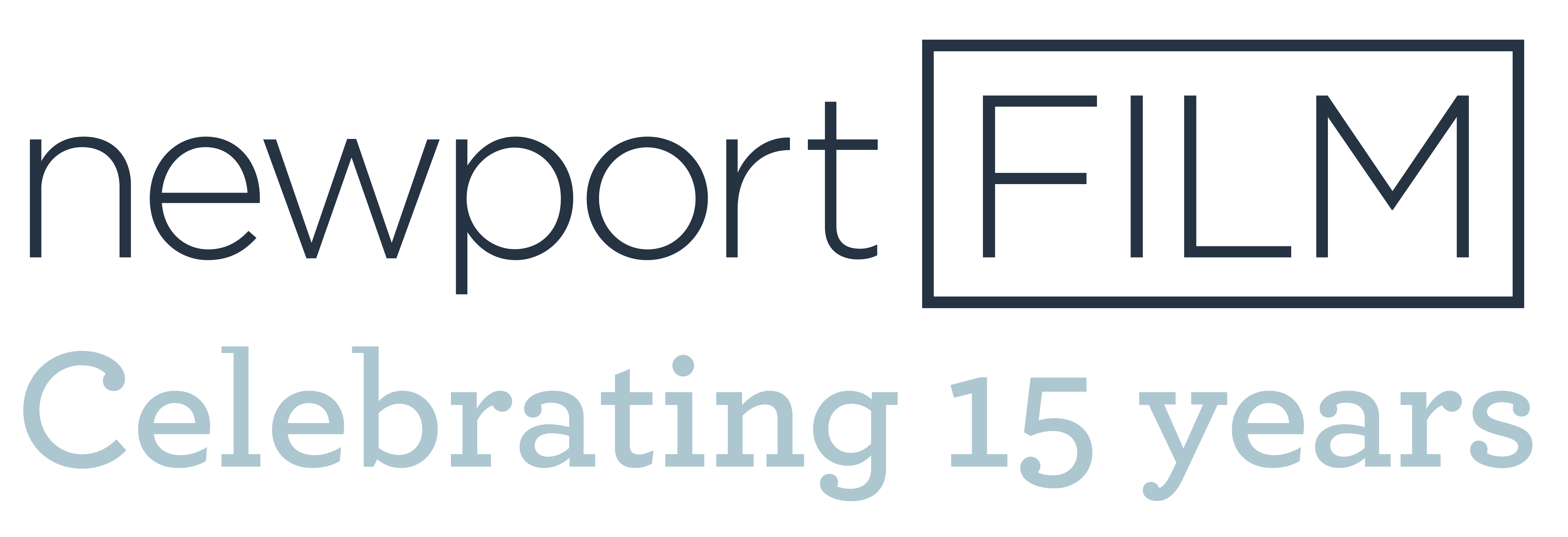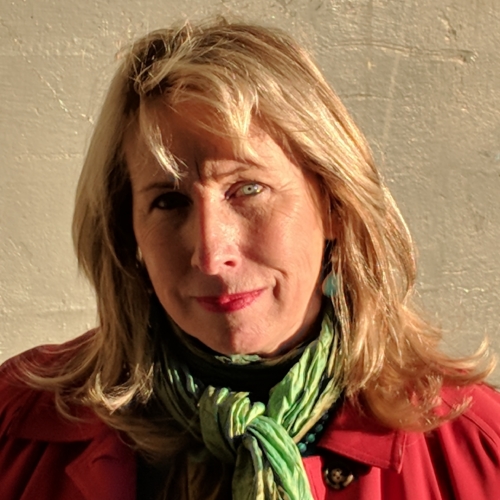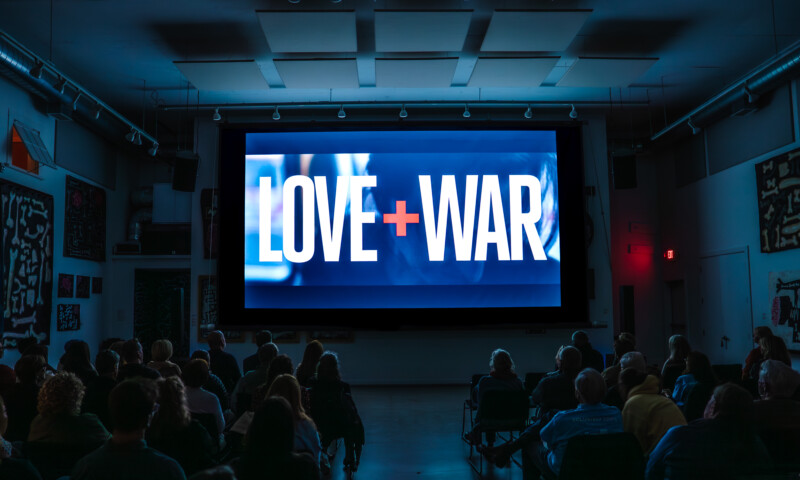Jacinta
by Nancy Austin, PhD – RI Council on the Humanities blogger for newportFILM
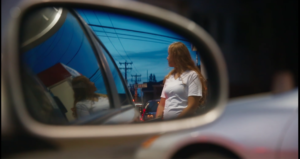
Where is America? How do we celebrate those places central to our understanding of ourselves, our communities, our country? That was my opening question two years ago when
newportFILM screened The Apollo, a powerful documentary celebrating how Harlem’s 125th Street Apollo Theater in New York City turned “a people into a community” despite unending counter-currents of inequality. One very long year later, newportFILM offered a community screening of the newly-restored Jazz on a Summer’s Day (1959), a path-breaking documentary about the 1958 Newport Jazz Festival. This radiant film also celebrated transcendent musical genius and the bursting joy of sharing talent in a tolerant, diverse community gathering. That historic film prompted me to reflect again on this same range of questions: Where is America? What lens do we want to use to understand ourselves? Our communities? Our country? Indeed, this introspection seemed especially relevant during the pandemic summer of 2020 as we socially distanced our collective selves in an increasingly divided America. Where were the positive models to use as a north star? These two documentaries inspired me with what’s possible.
And now here we are in the fall of 2021 with still crippling challenges seemingly ahead. How can the small gesture of gathering for a documentary in any way help turn a people into a community? Are we listening? Up for the hard work ahead? Time will tell. But showing up, at least, is a start.
Let me be honest: Jacinta is not a celebratory film. Rather, it draws our attention to three generations of White mothers and daughters navigating family and the meaning of love in, out, and around the Maine prison system. The documentary candidly captures the best and worst of a flawed mother/daughter pair tripped up by trauma, sexual abuse, self-destructive actions, crime and drug addiction in an aging New England mill town as they and many of their family members cycle in and out of the Maine Correctional System. I found it a difficult film to watch. And yet, as Mr. Rogers urged: “Look for the helpers”. Indeed, the documentary’s challenging subject matter is replete with selfless people and good institutions that stepped into the chaos time and again to help craft a better outcome – often to no avail. But they stayed in the game. To their credit? The filmmaker and her subject push up against boundaries, dysfunction, and neutrality more than once. One of the most poignant voices is given to Jacinta’s own pre-teen daughter who is being safely raised by grandparents. This young girl is breathtaking in her candor and wisdom, as she tries to understand her mother’s painful choice of drugs over being with her. Much of this is heartbreaking.
Where is America? Jacinta paints a challenging portrait of contemporary America important for everyone to ponder. Did you know that “half of all Americans have family members who’ve been incarcerated” with 1 in 5 incarcerated for a drug offense? I was surprised to learn that “women’s incarceration has grown at twice the pace of men’s incarceration in recent decades” and that 80% are mothers.

source: https://www.prisonpolicy.org/reports/women_overtime.html
This same report makes the following policy recommendation relevant to the case study of Jacinta: “Most generally, criminal justice agencies must take a gender-responsive approach to meet the needs of justice-involved women. Considering the large number of women whose experiences with trauma, substance use disorders, and mental health problems have led to their contact with the criminal justice system, alternatives to incarceration that treat these underlying issues are likely more appropriate for many women than prisons … Correctional agency programming and staff training should also be “trauma-informed”… recognizing that most of the women in their care are victims as well as “offenders”. To be clear, the way to better serve women in prison is not to build better prisons — but to ensure women are included in reforms that move people away from prisons toward better solutions.”
But what would those better choices be going forward? This would seem to only partly apply to someone like Jacinta, who does not make healthy choices when released and then later seemingly chooses a return to prison at a pivotal point. Over 80,000 women are released each year from state prisons, and the documentary in many ways is most focused on this dangerous transition time in Jacinta’s life. The documentary ends enigmatically, an unfinished story.
Jacinta prompted me to seek perspective from a compassionate mental health leader I respect. These were her two main messages to share:
● Let’s focus on offering everyone a better mental health continuum of care, including early screening and awareness education training about addiction and mental health. These measures will help deliver needed care to people at risk and prevent incarceration.
● Never write anyone off. No matter how many failed attempts at addiction recovery. It may be a long journey, but don’t write anyone off.
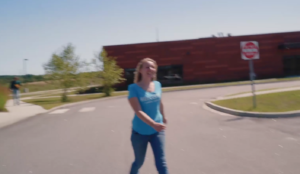
Film Still (min 1:39:36)
